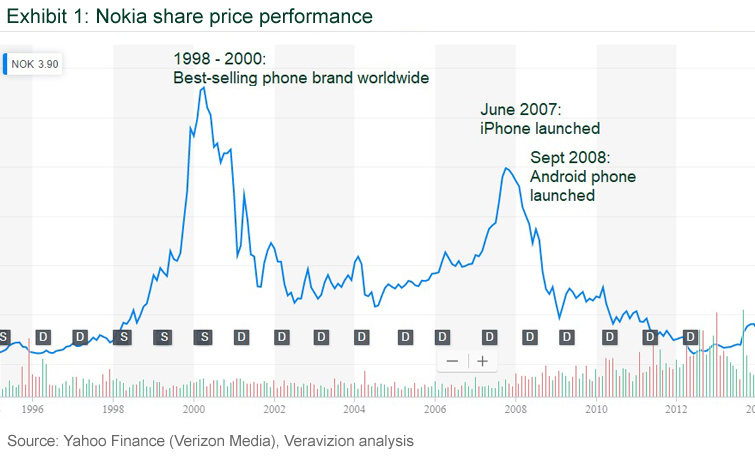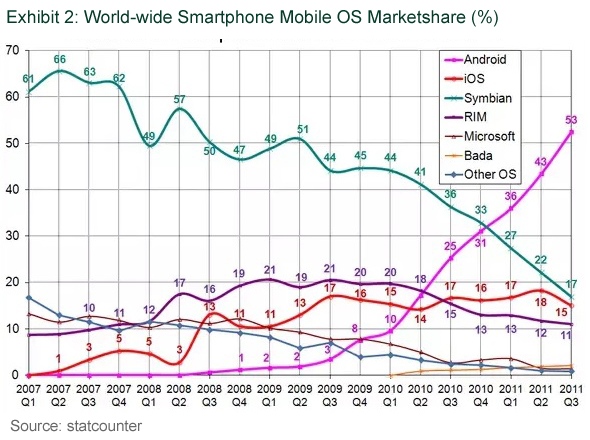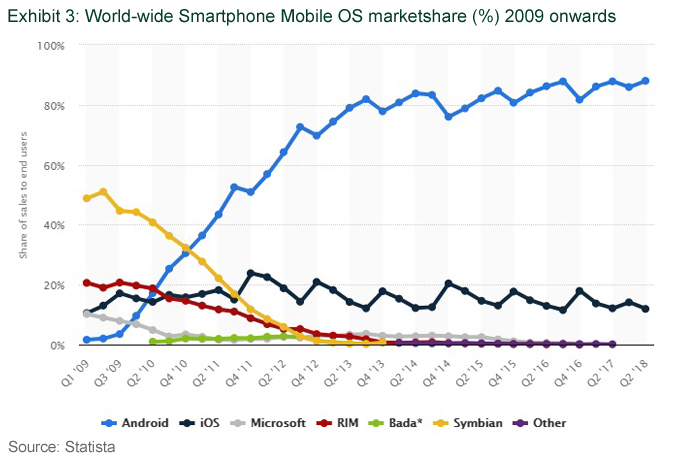The Nope Strategy is first of the three types discussed in the previous Veracle titled “Does your business have a working strategy”. It raises a pertinent question, “Can a business still win with a Nope Strategy?”
To give you a quick recap, we read that a business suffers with Nope Strategy when its business-executives:
- do not want to lose the status quo, so they just want to protect their turf rather than look for new areas of predictable growth, and
- do not commit any resources for new growth strategy
What happens at a business that has no growth strategy?
Three things ensue –
When a business has no clear strategy, it does not have a specific direction to pursue nor a plan to communicate to its employees.
In such a scenario, the employees do not feel connected by any common long-term objective (even if there is one). Employees tend to work in a silo and perform their tasks on a tactical day-to-day level.
Gradually, the organisation loses track of what customers want. As the business lacks any formal strategy, it is not able to cope when there is an external change (in the micro- or macro-economic environment) like change in customer buying preferences or a change in technology.
When that happens at a company having Nope Strategy, the change triggers the downfall and eventual close-down of the business.
Let me explain this situation with “the ship’s voyage” metaphor.
When a ship sets sail on a voyage, its port of destination is known. And, the captain must work out and navigate the right route to reach the port of destination.
Similarly, a business operates with an aim to achieve certain objective. And, the business executives must design and implement the right strategy to achieve the objective.
A ship must keep sailing along the planned route to reach its port of destination. A ship without a planned route slowly strays eventually losing steam, stalls, and sinks.
Likewise, a business must keep operating with the right strategy to achieve its objectives. A business without a strategy eventually runs out of resources, falters, and fails.
Unfortunately, there are many examples of once brilliant businesses failing and going bankrupt because of having no credible strategy.
Some Examples
“that’s cute – but don’t tell anyone about it.”
That was the Kodak management’s reaction when their engineer invented the first digital camera. Yes, Kodak invented the first digital camera. However, it was predominantly a film-based business. The management did not see the need for any growth strategy nor did they invest any resources in it. They were insistent on protecting their film-based business. Even when customers started dumping film for digital cameras, Kodak refused to have any strategy to tackle the change, and eventually went bankrupt in 2012.
Similarly, Hitachi, and Macy’s had no credible digital strategy, so when the digital revolution happened, these once immensely popular brands lost their way.
Sears was a huge success running its chain of general departmental stores. However, when Walmart and Kmart made the large retail stores popular, Sears had no strategy to adapt to the change, and faltered.
How Nokia killed Nokia?
Let us take a deeper look into an example of a well-known business that hardly had a strategy when faced with a market change.
In October 1998, Nokia became the best-selling mobile phone brand on the planet. As shown in Exhibit 1, Nokia’s operating profits steadily rose (along with its share price) from 1995 to 2000. During the early years of the millennium, early smartphones started crowding the mobile market, which somewhat hit the Nokia share price. Nevertheless, the share price kept rising with the popularity of Symbian-OS.

Until 2007, Nokia’s Symbian-OS was the undisputed market leader with 60% smartphone market share (see Exhibit 2).
What happened after that is interesting!
On June 29th, 2007, Apple launched iPhone, and in mid-2008, Google partnered with other smartphone manufacturers to capture the smartphones market via Android-OS.
This was the start of the steady decline for Nokia smartphones.

As shown in Exhibit-3, Android (in rising blue line) was grabbing the smartphones market so far dominated by Nokia (in declining yellow line). Over the next few years, Nokia witnessed one of the most painful declines in business history. While this was happening, Nokia hardly had any strategy to stem the fall (even considering the launch of Nokia N97, dubbed the iPhone killer).

Nokia just appears to be at a loss about its strategy.
The downfall and eventual demise of Nokia’s smartphone business (in 2013) lies in the fact that they did not have any strategy to counter the onslaught of newer smartphones.
This observation is echoed by Dr. Yves Doz, INSEAD Emeritus Professor of Strategic Management, in his book Ringtone: Exploring the Rise and Fall of Nokia in Mobile Phones. The reasons mentioned in the book allude to an absence of a unified growth strategy and deterioration of strategic thinking within Nokia management.
According to Dr. Doz, Nokia was in strategic stasis that was visible in symptoms such as dysfunctional organisational structure, growing bureaucracy, and management infighting.
This implies that a business cannot survive for long without a strategy.
Does this mean, then, that a business is likely to do well, as long as it is able to “keep sailing the ship in some direction?”. This will be discussed in the next Veracle on “Hope Strategy”.
Related Posts:
- How Deliberate Strategy Can Be the Working Strategy!
- Online Business Growth – The Easy or The Right Way?
- Want to succeed in your venture? Don’t start with planning
<– Does Your Business Have a Working Strategy?
Can Hope be a Real Business Strategy? –>
You can also subscribe to our blog – Veracles – to receive interesting articles and insights in email. We would love to read your perspectives and comments on that.
Do follow Veravizion on LinkedIn, Twitter or Facebook to receive easy updates.
Cover photo credit: tracy morgan on Unsplash

2 Comments
Sanjay J Mali
May 16, 2019 at 10:14 pmVery good & pertinent thoughts shared by the author.
Every business, big or small, for survival and longevity, needs to keep re calibrating itself as an ongoing process. If this is not done, the business will lapse into obsolescence and eventually close down. Business Models have a life cycle and a life span … guided by Darwin’s theory of ‘survival of the fittest’.
It is indeed a lesson for all of us to note that Apple, with a classy product like iPhone also needs to keep launching newer iPhone models every year.
Veravizion
May 17, 2019 at 10:47 pmVery well said!